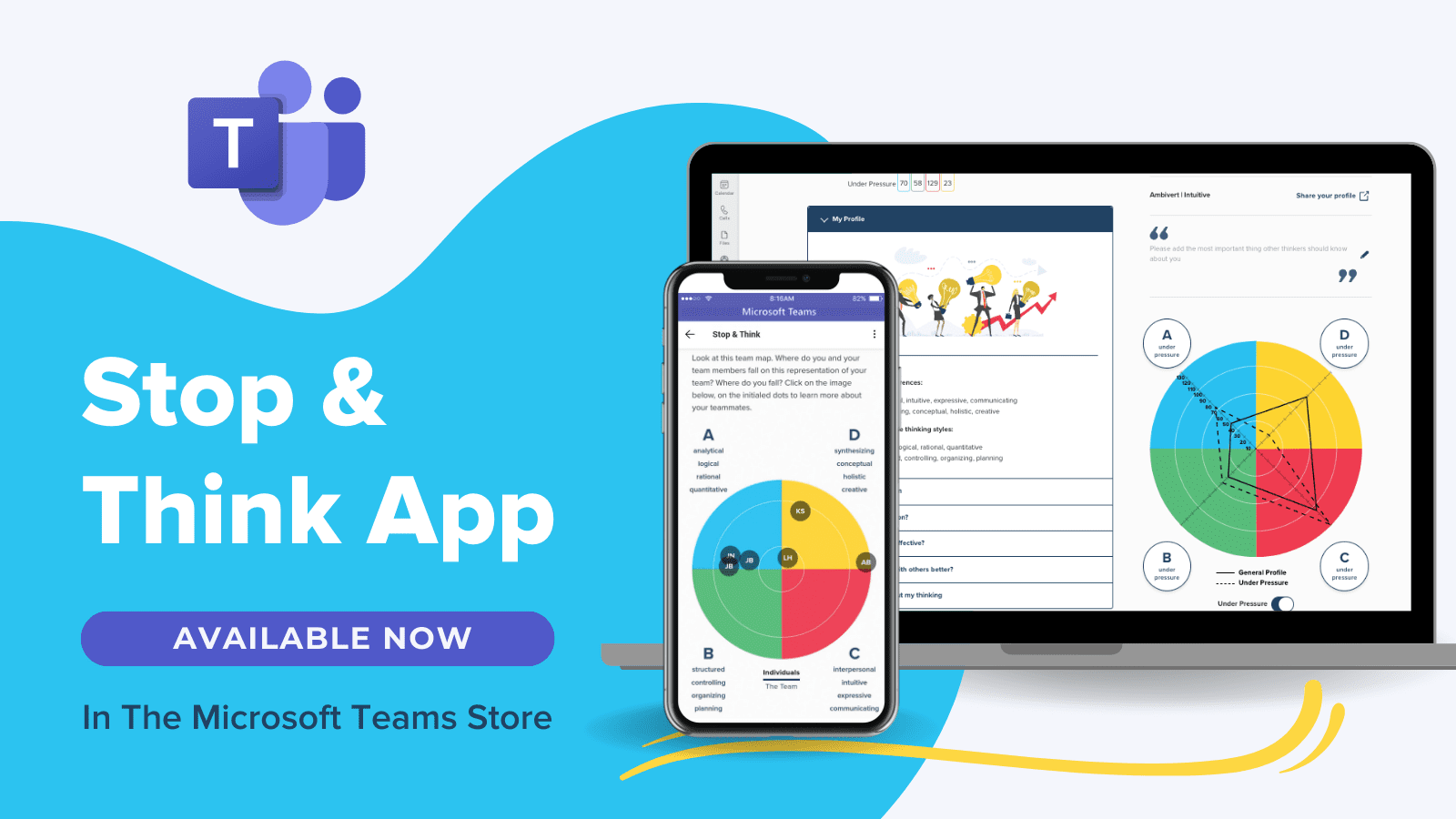When you think about vacation, what comes to mind? Idyllic views, days filled with nothing but rest, relaxation, and fun, right? The problem is the stress of planning that time off from work.
Maybe you feel guilty about taking time off, or you’re struggling to find people to cover your tasks and responsibilities. Paying for vacation is another stressor. Whatever the cause, many of us end up stressed out during our break. We can’t disconnect, sneaking looks at our email or logging on “just to do one thing.” Worst of all, many of us skip vacation entirely because it’s too difficult and stressful to put together.
If this sounds like you, you’re not alone. Nearly half (45%) of Americans don’t use all of their vacation, according to an Expedia survey that classifies 63% of Americans as “vacation-deprived.” And trying to take time off can be difficult and stressful, with 58% citing staffing challenges as an obstacle to taking time off.
Being stressed at work isn’t good for your health or career. Just the thought of digging out from a mountain of work can be exhausting — and depressing. And the urge to stay connected, to sneak a peek at your emails, is incredibly strong. But we need to find a way forward. After all, we all need time away to rest, relax, and restore ourselves.
A Whole Brain® Thinking Guide to Taking Time Off From Work
So how can we overcome these challenges and take stress-free time off? The Whole Brain® Thinking model can help you understand your thinking preferences and apply that insight to improve your decision-making and problem-solving — whether it’s pushing yourself to schedule time off or truly disconnecting when you’re away.
Whole Brain® Thinking divides thinking preferences into four distinct quadrants — each equal to the other, and each representing different thinking styles and approaches:
- Blue (Analytical): Focuses on analytical thinking, emphasizing logical problem-solving and decision-making.
- Green (Practical): Applies knowledge in structured, organized ways with a focus on planning and execution.
- Red (Relational): Emphasizes interpersonal skills and emotional intelligence in communication and collaboration.
- Yellow (Innovative): Embraces creative thinking, new ideas and the ability to envision the big picture.
With a Whole Brain® Thinking approach, you can craft a well-rounded plan for taking time off successfully — and without the stress. Here are some steps to try.
Analyze and Prioritize Your Workload
Analytical (Blue) thinkers want to know how their absence could affect progress and outcomes. While you need time off, you can prepare by analyzing your current projects and tasks — including those that can’t progress without your involvement (or a trained backup).
Knowing the status of each project and how your absence could affect progress can help you create contingency plans and schedule your vacation accordingly. You’ll be able to sign off without worrying about being a roadblock, focusing instead on relaxation
Document the Work to Be Done
Practical (Green) thinkers naturally want to organize their time off, including tasks to be delegated. This is helpful for your teammates, too, as they’ll know what tasks need to be covered in your absence, who’s responsible, and how to complete them.
Examples of a practical, organized approach include listing your responsibilities, assigning backups, developing and sharing documentation, and providing contact information for emergencies. For planned vacations, strive to have everything in place at least a week before your leave begins, reducing your pre-vacation stress and allowing you to wrap up any lingering work.
Communicate With Your Colleagues
Relational (Red) thinkers know the importance of ongoing communication to ensure everyone understands their responsibilities. Meet with anyone who will be handling your tasks during your absence. Explain what they need to do (and when), and check for understanding of the assignment. Use this opportunity to express your appreciation for their support, too, and offer to help them when they take their next vacation.
Dream Big for Your Time Off
Tap into your Innovative (Yellow) thinking preference to envision a vacation that’s truly rejuvenating. Remember that time off doesn’t have to be elaborate or expensive. Simply dedicating time to a favorite hobby, restoring your sleep schedule, or spending time with friends and loved ones are all ways to create a stress-free vacation that improves your quality of life, not just your ability to work.
Visualize what it would feel like to truly unplug, relax, and free up your thinking. Really picture yourself in that state of mind. How could a change of scenery change your perspective? What new insights and inspiration might you find?
Vacation is more than just about the time away. It’s about giving yourself the mental space to clear out the noise, discover new connections and ideas, and recharge your thinking so you’ll be even more effective when you return. Don’t just give away this much-needed time off.













